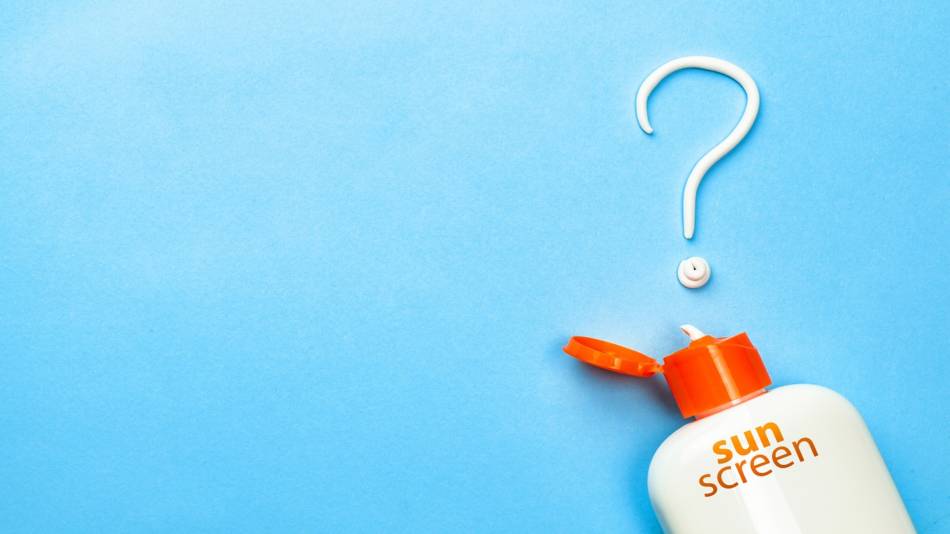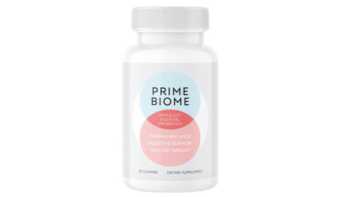
Answer:
When choosing a sunscreen, you need to consider how well it protects your skin as well as the safety of the chemicals it contains. We discuss both in this article and identify products that appear to be effective as well as safe. We also identify products that have been discovered to contain carcinogens – benzene and benzophenone.
As discussed below, certain ingredients in sunscreens appear to make a product more likely to contain benzene and/or benzophenone. We have provided several tables showing more than two hundred examples of products that, either through testing or a review of ingredients, may pose some risk or appear to be safer than others. We also discuss which forms of sunscreen (e.g., lotions, oils, sticks, sprays, foams/mousse, etc) are considerd to be safe and effective, compare the UV protection of sunscreen to sun-protection clothing, and discuss how to apply sunscreen if you're using it along with an insect repellent.
In this article:
Facial Moisturizers, Lip Balms & Glosses, and Foundations with Sunscreens
- Contaminants — Benzene, Benzophenone, and Lead
- Will sunscreen prevent you from making vitamin D?
- Do you need to wear sunscreen in the winter?
- Will sunscreen prevent sweating or increase body temperature?
- Are European or Korean sunscreens better?
- What are "DNA repair enzymes" in sunscreens and do they reverse sun damage?
- Can you use sunscreen that is more than a year old?
Key Points:
- Choose a sunscreen with an SPF of at least 30 and make sure it is broad spectrum — which means it protects against both UVB (which causes sunburn) and UVA (which causes wrinkles and age spots). However, some broad spectrum sunscreens may provide only limited UVA protection, so learn how to make sure your sunscreen promises adequate UVA protection.
- Reapply the sunscreen every two hours, or more often if you are swimming or sweating.
- Mineral sunscreen agents are safest: The only two compounds that the FDA has proposed to be generally recognized as safe and effective as sunscreens are the mineral sunscreens agents, titanium dioxide and zinc oxide. They essentially work by "blocking" ultraviolet radiation. Zinc oxide provides protection against both UVB and UVA, while titanium dioxide protects primarily against UVB and provides less protection against UVA. Be aware that some mineral sunscreens contain an ingredient similar to chemical UV filters.
- Chemical sunscreen agents may help protect better you than mineral sunscreens if you’re going to be in the water for a while. However, they are not generally recognized as safe and effective. They work by "absorbing" radiation, but they are absorbed through the skin and into the body. The FDA has asked manufacturers to provide more safety information about these compounds, which include octocrylene (which can also cause skin redness and inflammation in 4% of people), as well as avobenzone, ensulizole, homosalate, octinoxate, octisalate, and oxybenzone. Chemical sunscreens can also irritate the eyes (see our tips for choosing a sunscreen to avoid eye irritation).
- Avoid sunscreens that mix mineral-based ingredients (zinc oxide or titanium dioxide) with chemical sunscreen ingredients, particularly those with avobenzone. This combination can reduce the effectiveness of some of the chemical compounds and potentially create toxic compounds when exposed to sunlight.
- Carcinogenic compounds, benzene and benzophenone, have been found in some sunscreens, likely arising from other ingredients such as butane, isobutane, or propane, which are propellants in aerosol sprays. Lead has also been detected in some popular sunscreen products, although all contained less than the recommended limit for cosmetics.
- Any clothing can help protect skin from UV radiation, but some fabrics are better than others. Fabric that is dark or bright (e.g., red, black or navy) and less porous (e.g., polyester, cotton blends, fabric used in polo shirts) tends to protect against UV radiation better than light-colored fabrics (e.g., pastels, yellow, or white) and fabrics that are porous (e.g. linen, knitted fabrics).
Sign in as a CL member for details, including our review of sunscreen brands such as All Good, Aveeno, Avène, Babo Botanicals, Badger, bareMinerals, Batao, Bullfrog, Burt's Bees, CeraVe, Cetaphil, Clinique, Colorescience, CoTZ, Covergirl, EltaMD, ILIA, IT Cosmetics, jane iredale, Kalani, Kiehl's, Kokua, La Roche-Posay, L'Oreal, MadHippie, Mama Kuleana, MDSolarSciences, NATIVE, Neutrogena, Olay, Paula's Choice, Prequel, Revlon, Stream2Sea, Sun Bum, Supergoop!, Thinksport, Tizo, Vacation, Vanicream, Versed, Waxhead, and many others.
Join today to unlock all member benefits including full access to all CL Answers and over 1,400 reviews.
Join NowAlready a member? Sign In Here.
Join now at www.consumerlab.com/join/








Submit your comment
This feature is restricted to active members.
Join now to add comments and get all member benefits, including over 1,400 reviews.
Join NowAlready a member? Sign in here.